¿Cómo hago un buen plan de empresa?09/02/2015 | Europa Press – Europa Press Español
Si eres una persona emprendedora y vas a fundar una empresa, lo primero que debes hacer para constituirla es diseñar un plan de empresa o el “business plan”. Es un documento fundamental, ya que es donde debes plasmar la idea de negocio que vas a llevar a cabo y es más complejo de realizar de lo que parece por toda la información que en él se almacena y porque estará en continuo cambio. Se actualiza según va avanzando el proyecto. Y es por este motivo por lo que no existe una guía exacta que seguir. Sin embargo, puedes tener en cuenta las siguientes recomendaciones para que sea lo más completo posible: Idea tu plan de empresa Mediante este instrumento puedes determinar aspectos como la cantidad de dinero que necesitas para poner el negocio en marcha, el número de trabajadores con los que debes contar, a qué precio vender tu producto o servicio, etc. Cuando lo tengas terminado, habrás dado el primer paso como emprendedor y podrás continuar con el proceso, que se compone de 7 fases. La Dgipyme divide el “business plan” en dos partes: por un lado, descripción del proyecto y, por otro, escenarios económicos. Descripción del proyecto Datos básicos del proyecto. En esta sección debes explicar a qué se va a dedicar la empresa y qué financiación va a tener. Promotores. Son las personas que llevan a cabo la creación de la empresa. También debes definir el nombre del puesto que van a ocupar y las funciones que van a desempeñar. Productos o servicios. Debes explicar qué tipo de productos va a producir o vender la empresa o qué tipo de servicios va a prestar. Plan de producción. En este apartado constan los aspectos técnicos y organizativos relacionados con la elaboración de los productos o servicios. Es decir, debes hacer una descripción del proceso productivo, tecnología utilizada, etc. Análisis de mercado. Te ofrece aspectos sobre cómo está el sector al que tu empresa pertenece. La información obtenida te ayudará a plantear las estrategias que puedes llevar a cabo para la introducción de tu compañía en el mercado. Plan de marketing. Debes especificar las estrategias comerciales que vas a llevar a cabo para cumplir con los objetivos de facturación que estarán recogidos en el análisis económico-financiero. Se verán reflejados datos como la política de ventas, las promociones o la publicidad previstas. Organización y personal. Sección en la que consta el funcionamiento y coordinación de los departamentos, así como, por quiénes está formado el equipo directivo y la plantilla. Plan de inversiones. Se refleja la decisión de invertir en otras compañías y qué tipo de fondos financieros serán los que se utilicen para llevar a cabo los procesos productivos de la empresa. Escenarios económicos Las pestañas que te encuentras son dos: por un lado, las editables, donde reflejas los datos económicos, es decir, ingresos, gastos, inversiones y financiación, y por otro, las pestañas calculadas, que son el resultado de los cálculos efectuados sobre el contenido de las pestañas editables, que son el balance, la cuenta de resultados y el estado de movimiento de Tesorería, cuyo contenido no puedes modificar. Una vez hayas completado esta segunda sección tendrás finalizado tu “business plan” y puedes utilizarlo como tu carta de presentación ante sociedades de capital riesgo, personal bancario u otros organismos que sean posibles inversores para tu compañía. |
How to do I made a good business plan?02/09/2015 | Europa Press – Europa Press English
If you think you´re an entrepreneurial person and are going to start a business, the first thing you have to do to create it is to design a “business plan”. This document is extremely important since it´s where you´re going to lay out the idea for your business and it´s more complicated to make than you´d think because of all the information that´s included in it and since it´s always changing. The information is updated as you go along with your project. That´s the reason there´s not any exact guide you can follow. However, you take into account the following recommendations so that your business plans is as complete as possible: Think about your business plan Using this tool, you can figure things out like the amount of money you´ll need to start your company, the number of workers you should hire, what price you should sell your product or service at, etc. When you have a handle on it, you´ll have taken your first steps towards being an entrepreneur and you´ll be able to continue with the 7-step process. The Dgipyme splits the “business plan” into two parts: on one hand, a description of the project and, on the other, the economic scenario. Description of the project Basic information about the project. In this section you must explain what your company is going to do and what kind of financing it´s going to have. Promoter. These are the people that carry out the creation of the business. You also have to define the name of the position they´ll have and what activities they have to carry out. Products or services. You have to explain what type of products the company is going to produce or sell or what type of services it´s going to offer. Production plan. In this section, the technical and organizational aspects related to making the products of providing the services are spelt out. That means you have to make a description of the productive process, the technology to be used, etc. Market analysis. This sections offers you information about what the sector your business belongs to is like. The information obtained will help you set the strategies you should put into play to introduce your company in the market. Marketing plan. You should specify the business strategies you´re going to use to meet your sales objectives that appear in the economic/financial analysis. This is where you have to show your expected sales policies, advertising or publicity. Organization and personnel. This section shows how the departments work and are coordinated as well as who makes up the board of directors and workforce. Investment plan. Here you have to show your decisions about investing in other companies and what type of financial products will be used to carry out the productive processes of the company. Economic Scenario You´ll find two sections here: first, things that you are able to edit about the economic data such as income, expenditures, investments and financing; and second, the results of the calculations you made in the previous section such as the balance, the annual report and the current state of the assets and liabilities, which is non-modifiable content. Once you´ve completed the second section, you will have finished your “business plan” and you can use it as you presentation letter for venture capital companies, banking personnel or other organizations that might be potential investors in your company. |
|
| Copyright © «Europa Press«. «Europa Press» is a trade mark of «Europa Press». Published for Finanzas para Mortales with authorization of «Europa Press». |
Copyright © «Europa Press«. «Europa Press» is a trade mark of «Europa Press». Translation for Finanzas para Mortales with the authorization of «Europa Press» |






